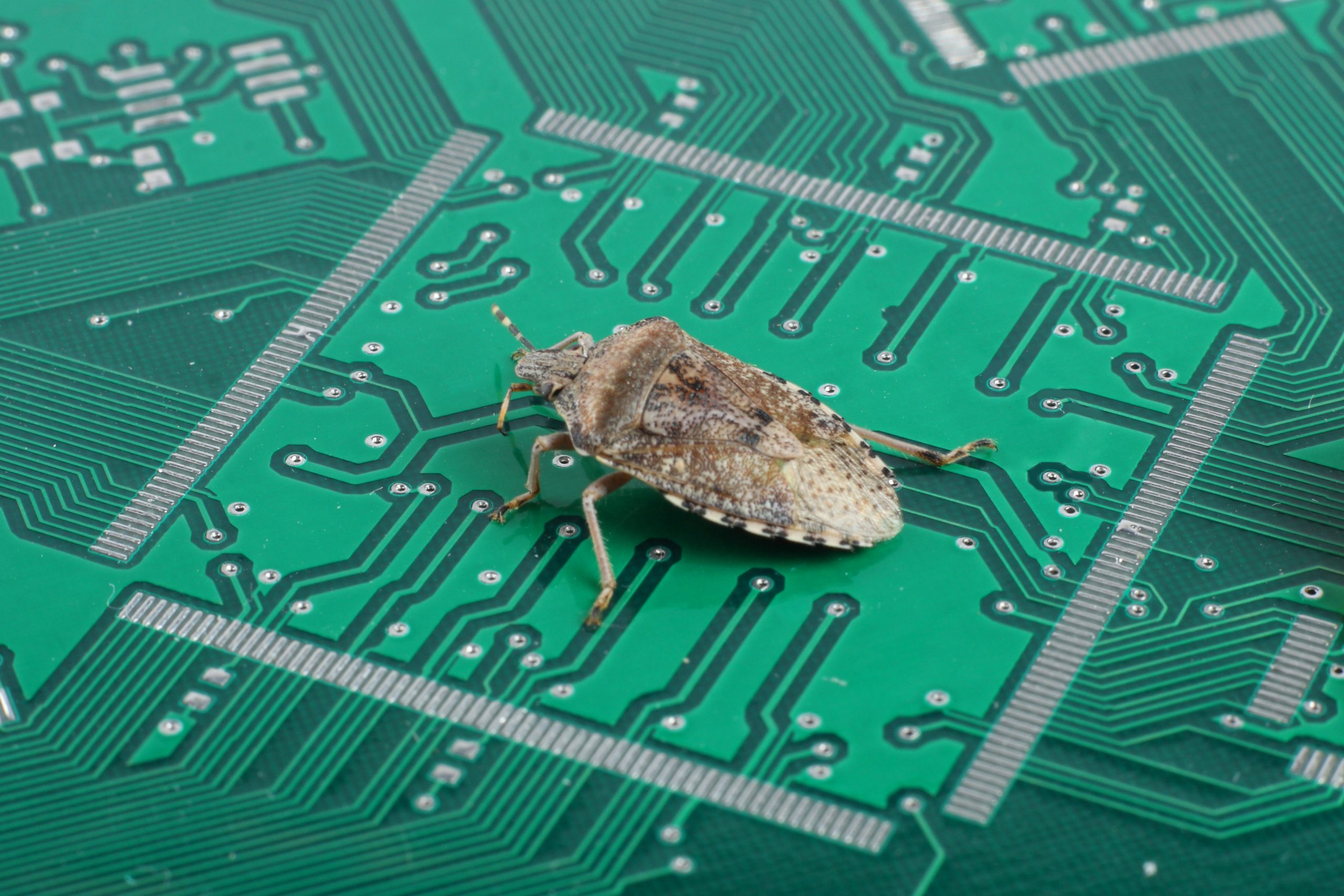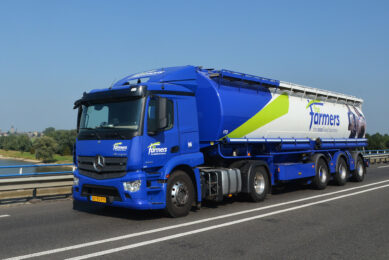There is a bug in the (feed) system!

2017 has almost come to an end, and one of the topics that really took flight was the use of insects in food-producing animals. I want to mention a few of the highlights.
Highlight 1: More scientific data available
This year alone, All About Feed has published dozens of articles on this topic and many new start-ups and projects were founded. Many scientific studies were done this year, focusing on finding the right dose of insect meal/oil and translating them to health and performance parameters such as feed conversion ratio or better gut health. Also the Journal of Insects as Food and Feed, has been a great source again for the latest research in insects. The journal entered its 3rd volume already this year.
The top 5 most read items in this category on All About Feed were as follows:
Highlight 2: Green light for use in fish diets
A real game changer for the sector has been the approval of insect meal for farmed fish species in the European Union. As of July 1st this year, the EU Regulation 2017/893 permits the use of insect proteins as fish feed, derived from the Black Soldier Fly (Hermetia illucens), the Common Housefly (Musca domestica), the Yellow Mealworm (Tenebrio molitor), Lesser Mealworm (Alphitobius diaperinus), the House cricket (Acheta domesticus), the Banded cricket (Gryllodes sigillatus) and the Field Cricket (Gryllus assimilis). Great stuff, as aquaculture is a fast growing sector around the world. Over the last couple of years, many studies therefore delved into finding the optimum replacement rate of marine ingredients by insects.
Highlight 3: First international symposium
Also in 2017: IPIFF, the International Platform of Insects for Food and Feed, organised its first international symposium: ‘Insects for food and feed, opportunities for tackling societal challenges’. More than 250 participants, including EU Commissioner for Health & Food Safety Vytenis Andriukaitis, European Parliament and Estonian Presidency representatives, as well as delegates ranging from insect producers, policy makers, scientists, NGOs and agri-food industry, recalled the potential lying in insects for food and feed. Furthermore, the event raised awareness about the opportunities for insect producers in a European context. A big applause for all the work IPIFF has done and is doing to convince all stakeholders of the need to move forward with insect derived feed ingredients.
Highlight 4: Upscaling takes off, more factories built
This year, we have also seen that the insect sector is moving away from the start-up phase and is entering the scale-up phase. Several new plants are being built or planned for the coming years. AgriProtein for example plans to roll out 100 factories by 2024 and a further 100 by 2027 (200 in total). NextProtein, a French-Tunisian company, specialised in producing animal feed from insect larvae, received €1.3 million in fundraising this year, which made it possible to scale up production at its new expanded operations in 2017.
Highlight 5: All About Feed sets the stage in information supply
In addition, earlier this year, I was interviewed for the newsletter of InsectCentre about my views on insect meal for farm animals. It is nice that insect companies around the world also see All About Feed as a valuable (and as complete as possible) information source on this topic. You can read the interview here.
The bugs have entered the feed system, and won’t go away. That is not a bad thing, compared to having bugs in the computer system. It is actually a really good development and I therefore hope that 2018 might be marked by another milestone: the approval of insect meal for poultry diets. Fingers crossed.











